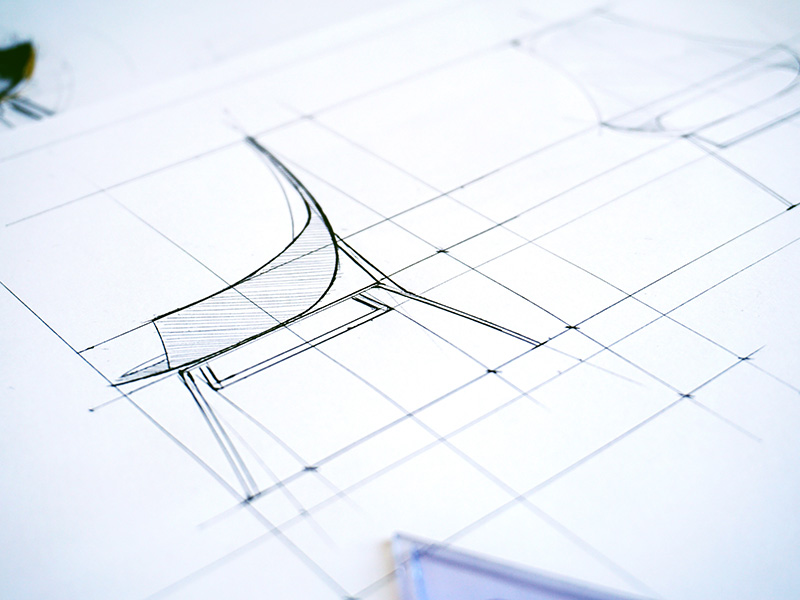
Development – Peer Reflection, Prototyping and Proofing the Project

We are already Week 3, and the first brief is almost over. Bit nervous with this module for some reason…. Do not know why though. Probably a mix of pandemic blues, change of seasons and sleep deprivation, but yeah, will make it through. I have to! Anyway, enough talk about my woes and let us get to this week’s lecture. Before I begin sharing my thoughts on the lecture, just wanted to say how much I like the detailed answers the designers from Offshore give in the interviews. They are very insightful, and they voice a lot of typical dilemmas and challenges many designers face in different phases in their career. In all the weeks so far, the answers were very well articulated, and they really dig dip when it comes to explaining their arguments.
So, this week – Development. The topic discussed in the lecture is how different designers go about actually developing and producing their design projects as well as whether the outcome was ever affected depending on funding, ambition as well as failures.
Something that many designers agree on including the ones in the interview is that in the prototyping phase it is good to ‘get your hands dirty’. Meaning that experimenting with media outside the digital spectrum is a very good to develop your ideas further and may discover better media for your outcome in the process. One should not forget the research necessary but make it a point that your project is not stuck in that phase. Over researching something may very well kill the enthusiasm of the whole project. It is ok to learn through practice as well.

As in a self-initiated project, you are your own client, you are also the critic of your own work by default. This is a very good way of learning of how to gauge your ideas and outcomes. As you are working, you can tell yourself what works best as well as budget accordingly. Despite this advantage, it is also worth noting that in some cases, such a situation can instill doubts. As you are developing multiple ideas and concepts, the critical choice then would be which creative direction to take. In addition, there will be the dilemma whether the creative direction chosen is the ‘right one’. It should not be the case. Linking this to the second question in the interview, having a few creative directions to work with can be a good thing. In some cases, a project may come to fruition for reason beyond the designer’s control, be it funding, lack of resources or both. Should there be only one creative path, a project may be scrape, but rather then scrapping it, multiple creative directions offer the possibility of back-up plans.
Another important point is that projects need time and room to grow. As many self-initiate projects often have a bit of a learning curve in the process, taking time in learning and experimenting is important. You need to have your heart into the project, otherwise it would not turn out to be a good result. As with the case with Werkflow and their videogame project, they admit that it is a very ambitious project so they are indeed taking their time to perfect it as much as they can and learn about the latest technology.
Lastly, it is embracing failure and learning from it. Failure can be frustrating for many reasons, mostly because it hurts our ego. Failing can mean that we have proven someone against our project right. It can lower self-esteem and have a low opinion on yourself and your work. Despite this, it is important to understand that we are human, not machines. Check and recheck, yes, as there is no excuse for carelessness, but one should not let paranoia take over.
Needless to say, these interviews in the past three weeks were all equally insightful. As they are tackling questions many designers would like to ask a professional in the field, the information presented will definitely help during the course of this module and beyond.





